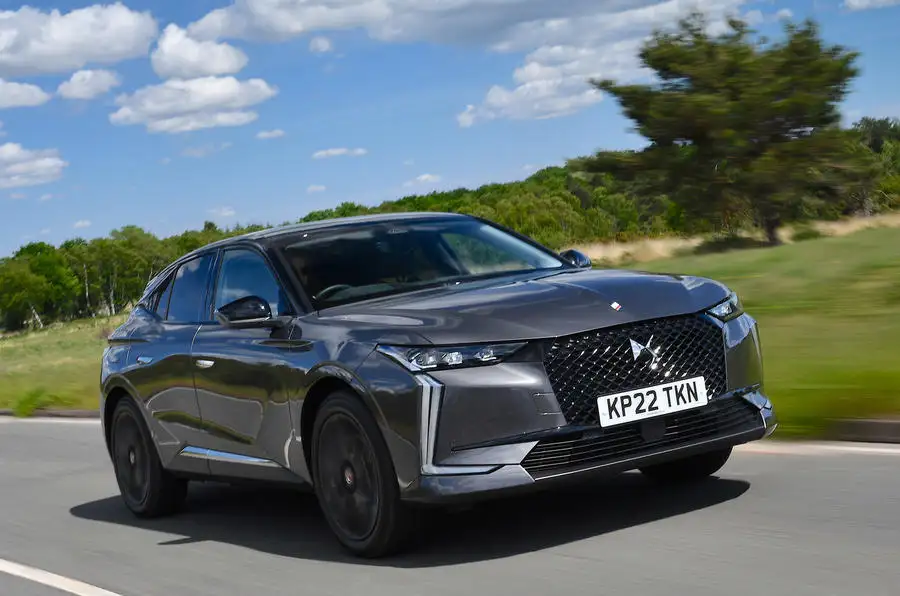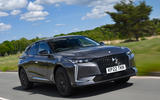The interior of the DS 4 will be the highlight for many, while others will no doubt be turned off by the gimmicky, even chintzy details.
In recent years, DS has made diamonds its trademark. They’re a motif in the grille and in the rear lights, and they’re all over the interior. The designers are committed to the look, and it does give every DS a recognisable style. And thankfully the eye-catching design hasn’t been penny-pinched to mediocrity: the materials are mostly pleasing to the touch. Yes, you can tell the window switches are plastic, but then this isn’t a £100,000 car. If the Alcantara-heavy style of our Performance Line+ 4 isn’t to your taste, other versions get more leather.
Fans of light-coloured interiors are out of luck, though, because apart from the very dark brown leather available on Rivoli trim, it’s black and grey all the way.
Perhaps it was a result of our test car being an early production example, but while most of the interior felt reassuringly solid, there were one or two quality issues: the driver’s headrest felt very wobbly, there were some loose trim pieces in the footwell and the start/stop button needed quite a firm press to respond.
















































